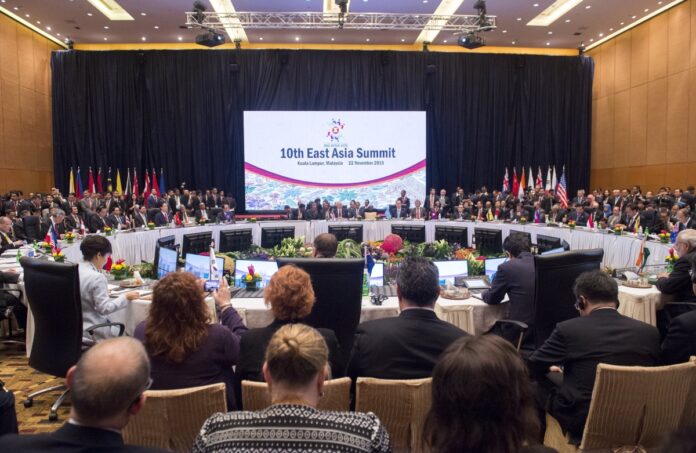Affiliation: Asia Society Policy Institute
Organization/Publisher: Asia Society Policy Institute
Date/Place: September, 2017, U.S.
Type of Literature: Report
Number of Pages: 50
Link:https://asiasociety.org/files/uploads/191files/LongPeaceAsia_onlinevers.pdf
Keywords: Economy, Security, Asia-Pacific, ASEAN, Conflict
Brief:
This report is a project carried out by ASPI’s Independent Commission on Regional Security Architecture. The report claims that the security environment has become increasingly complex despite increasing GDP, widespread poverty reduction, and growing trade integration have created optimism for the region’s future. The security risk can lead the nations into conflict. The report examines mechanisms that can help prevent future crises from emerging and prepare against threats to strategic stability. The report explores the gaps in the security architecture of the Asia-pacific region, and how those gaps can be filled in the future to answer the question—is a credible pathway forward? The challenges faced by Asia’s regional architecture are: Rapid political and economic transformations, growing strategic competitions between major players in the region, fragility caused by trust deficit among regional states, and widespread militarization and acquisition of new technologies. The principles suggested by the report towards a more effective security architecture are to strengthen the center, promote strategic dialogue alongside tactical cooperation, get serious about risk management and dispute resolution, build toward a networked approach, and embrace the further strengthening of ASEAN. The report suggests that economic achievements alone cannot balance the security tensions in the region, and now is the time for the nations to strengthen Asia’s regional security architecture.
By: Saima Rashid, CIGA Research Assistant




